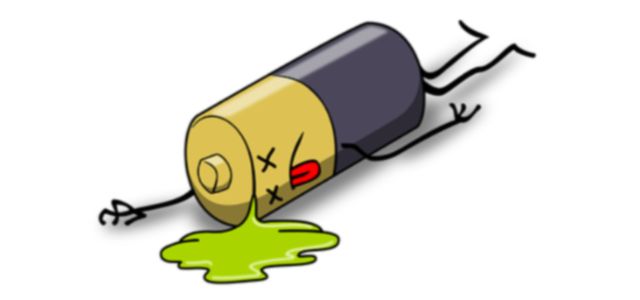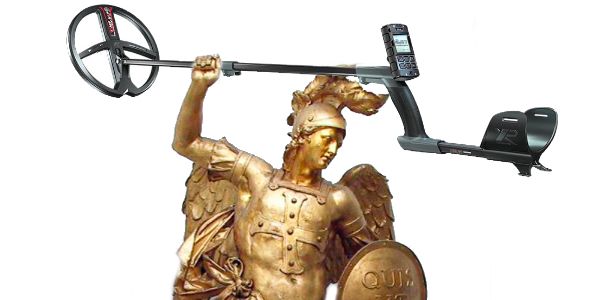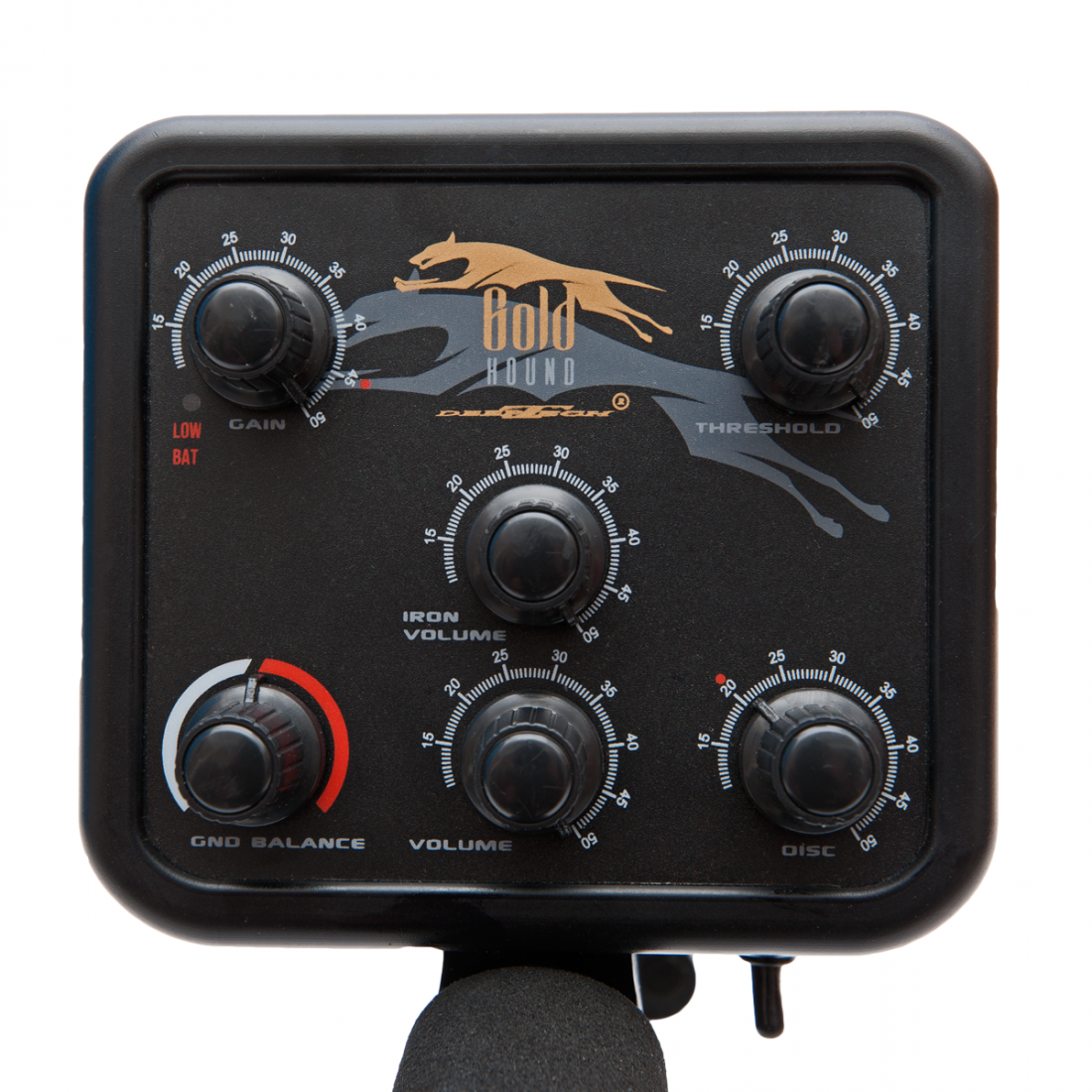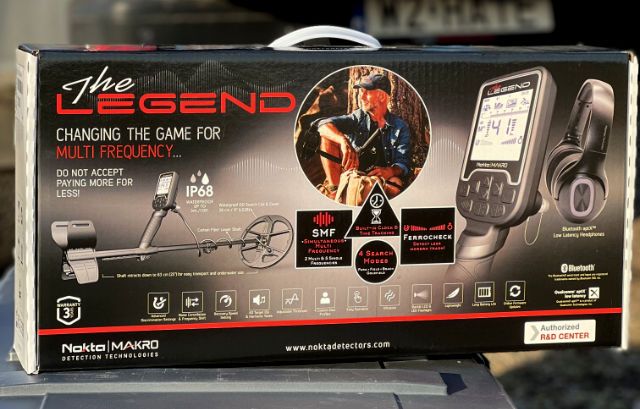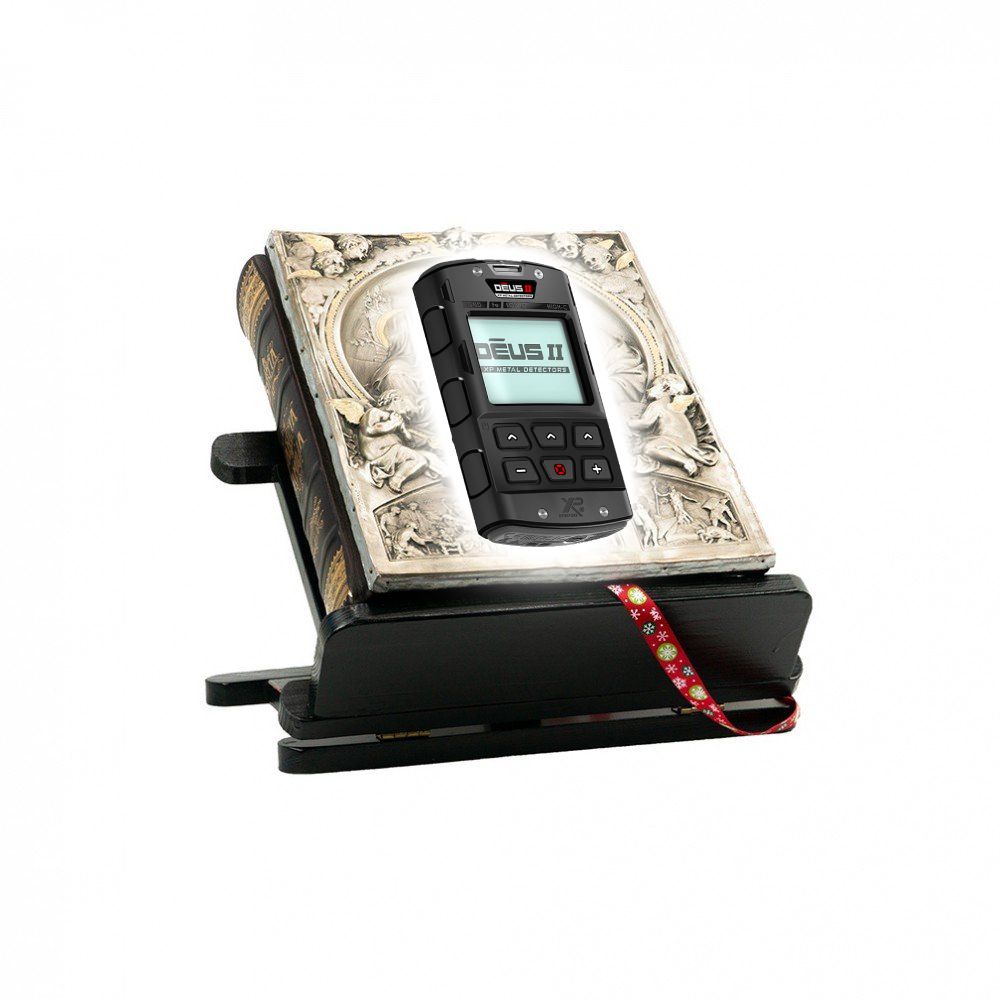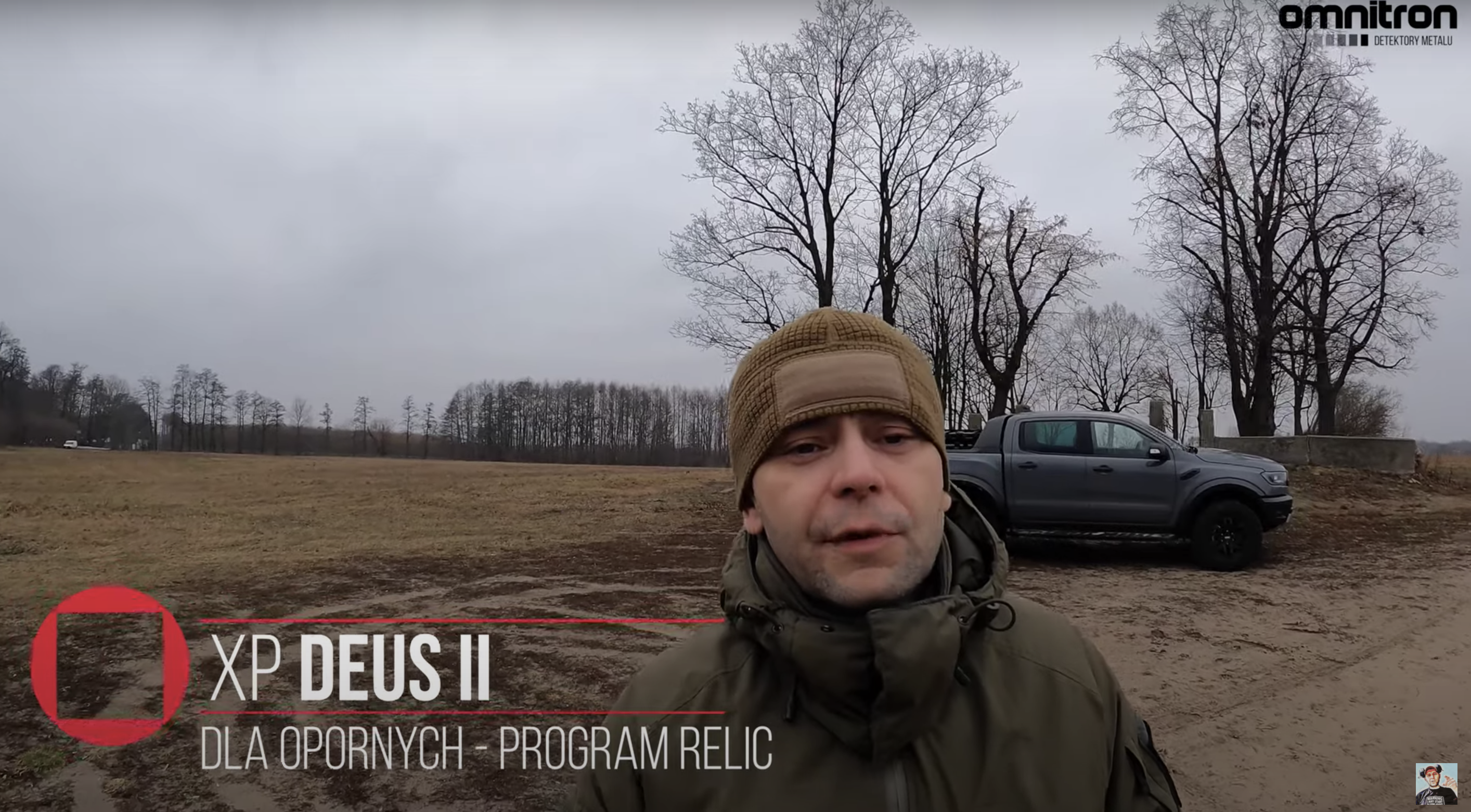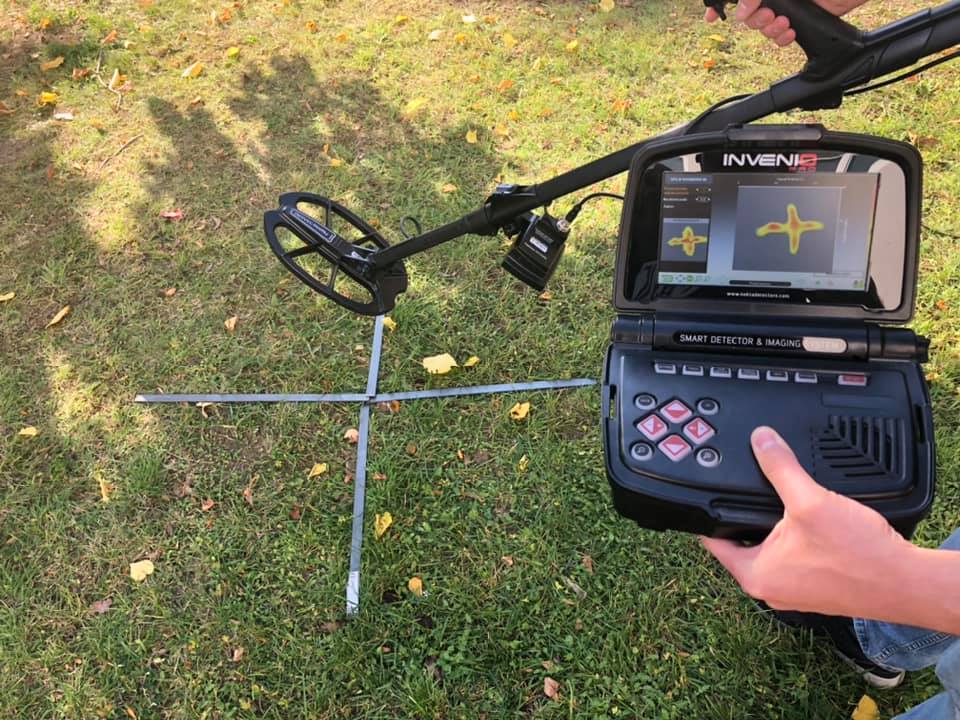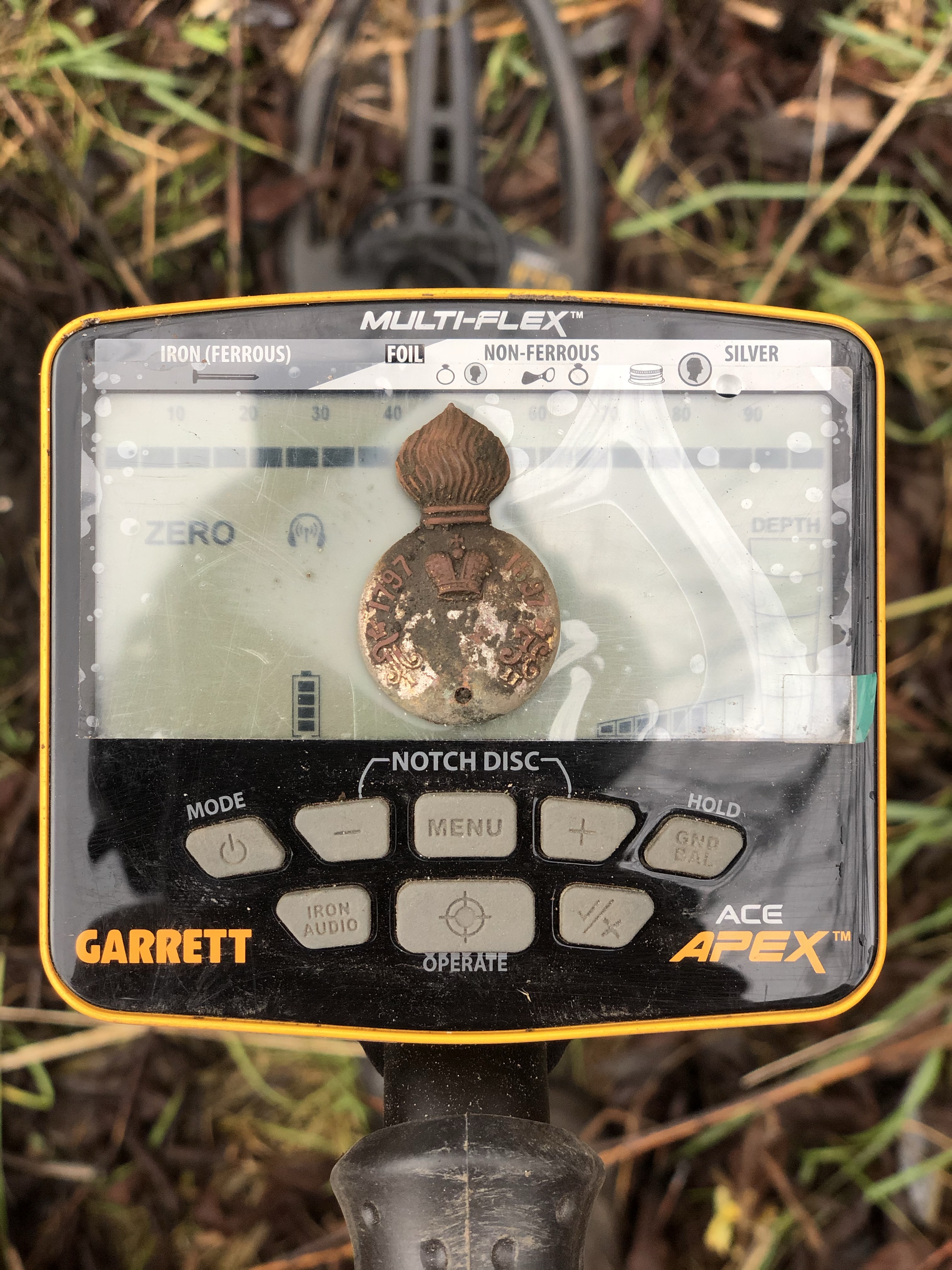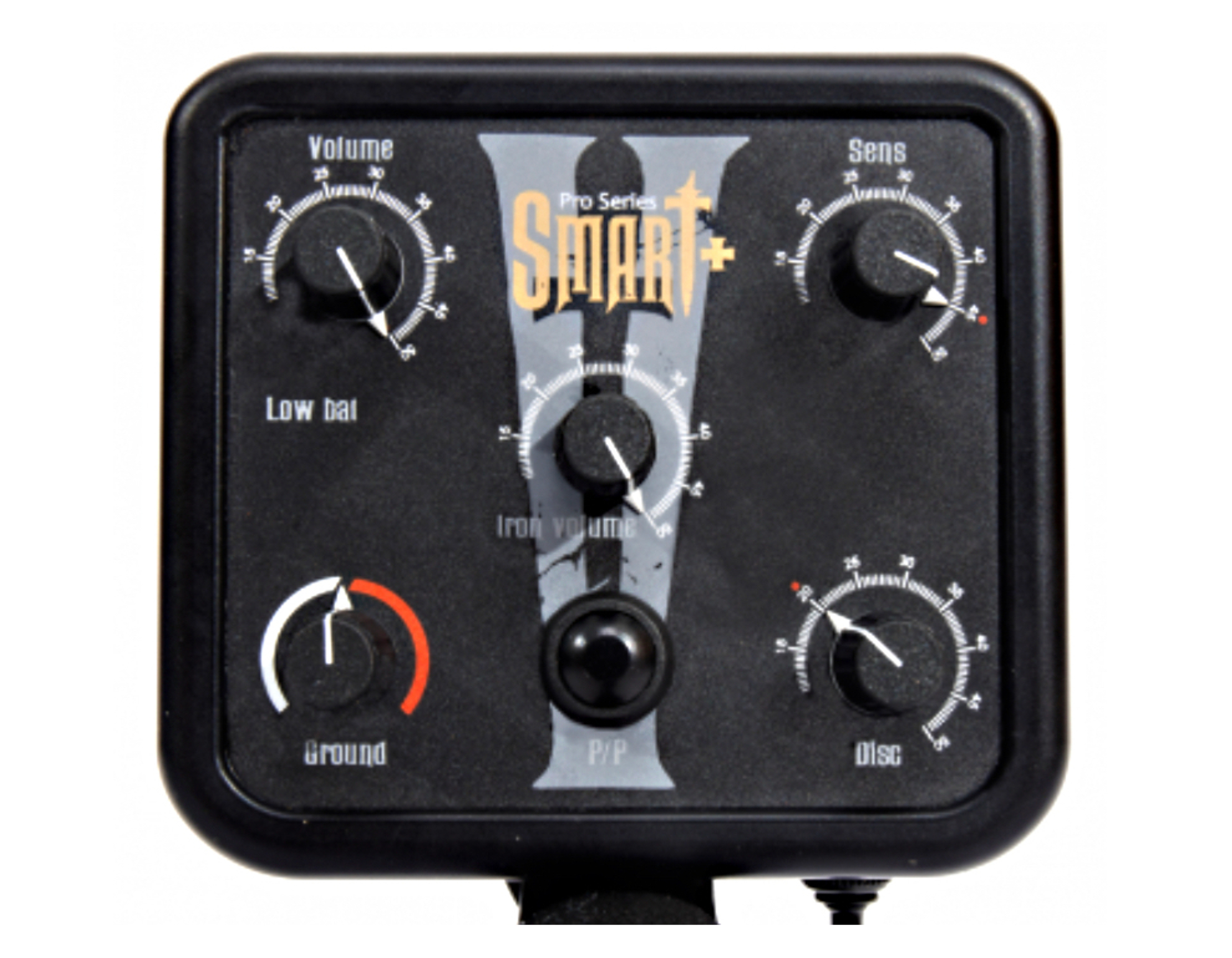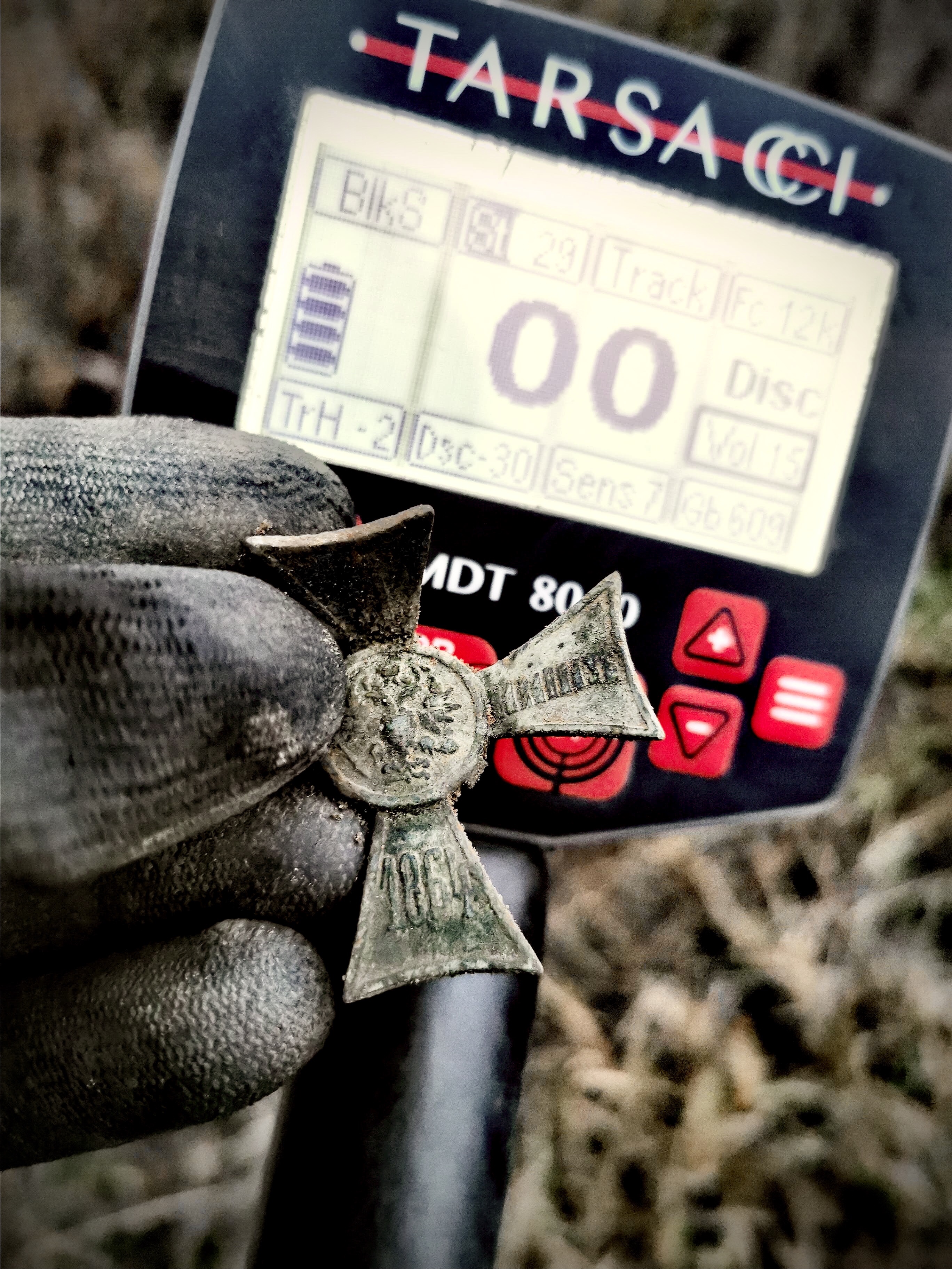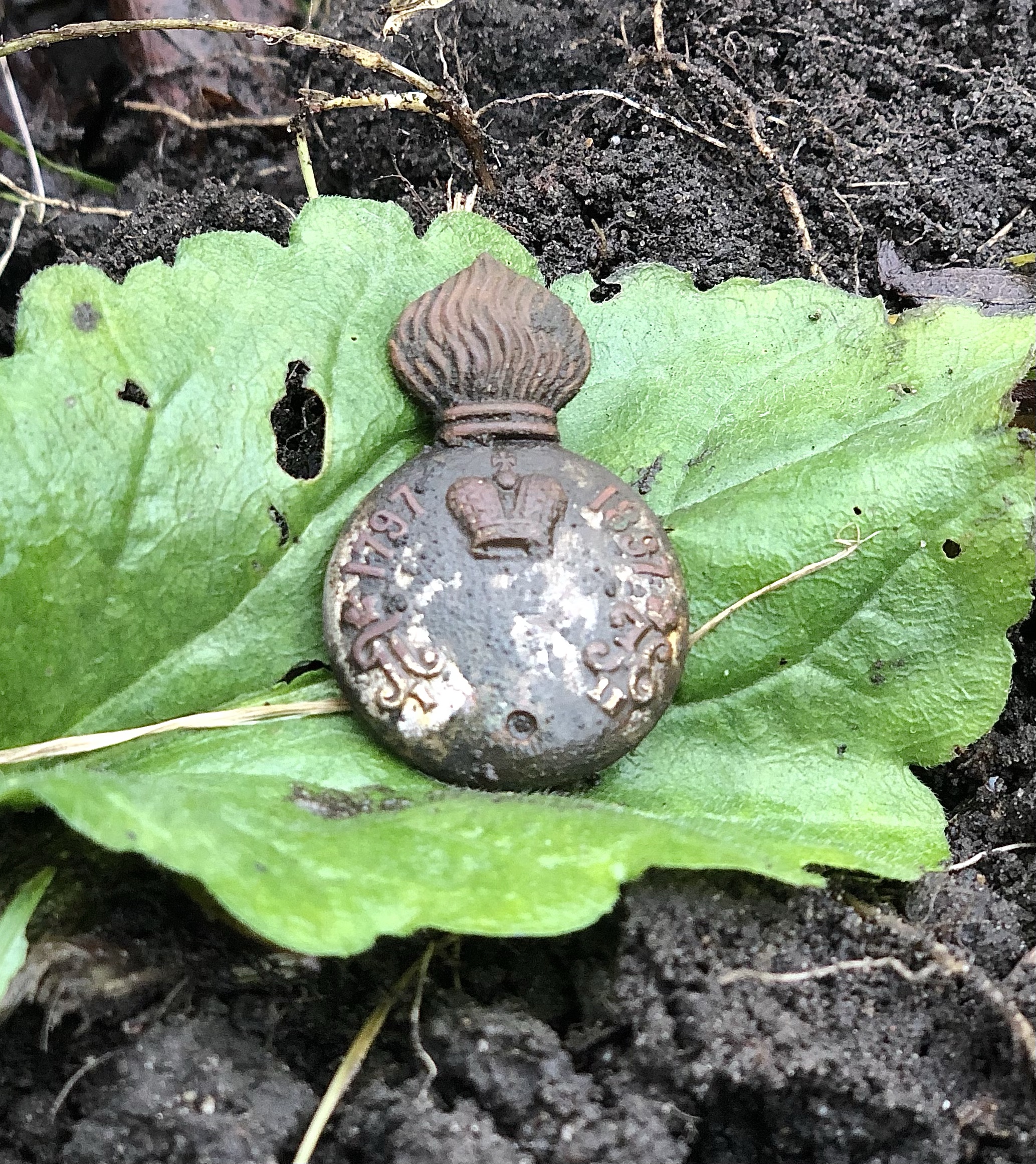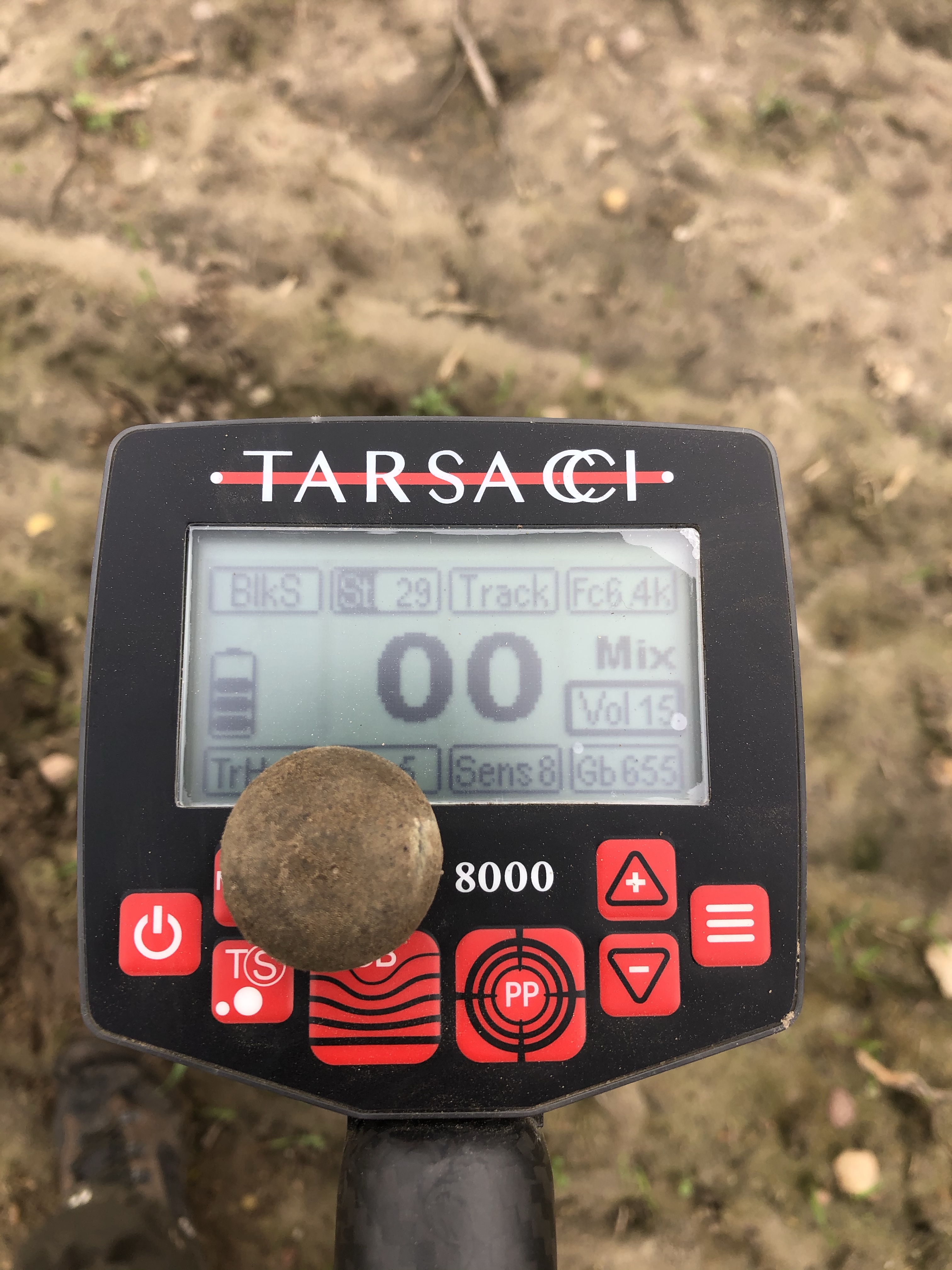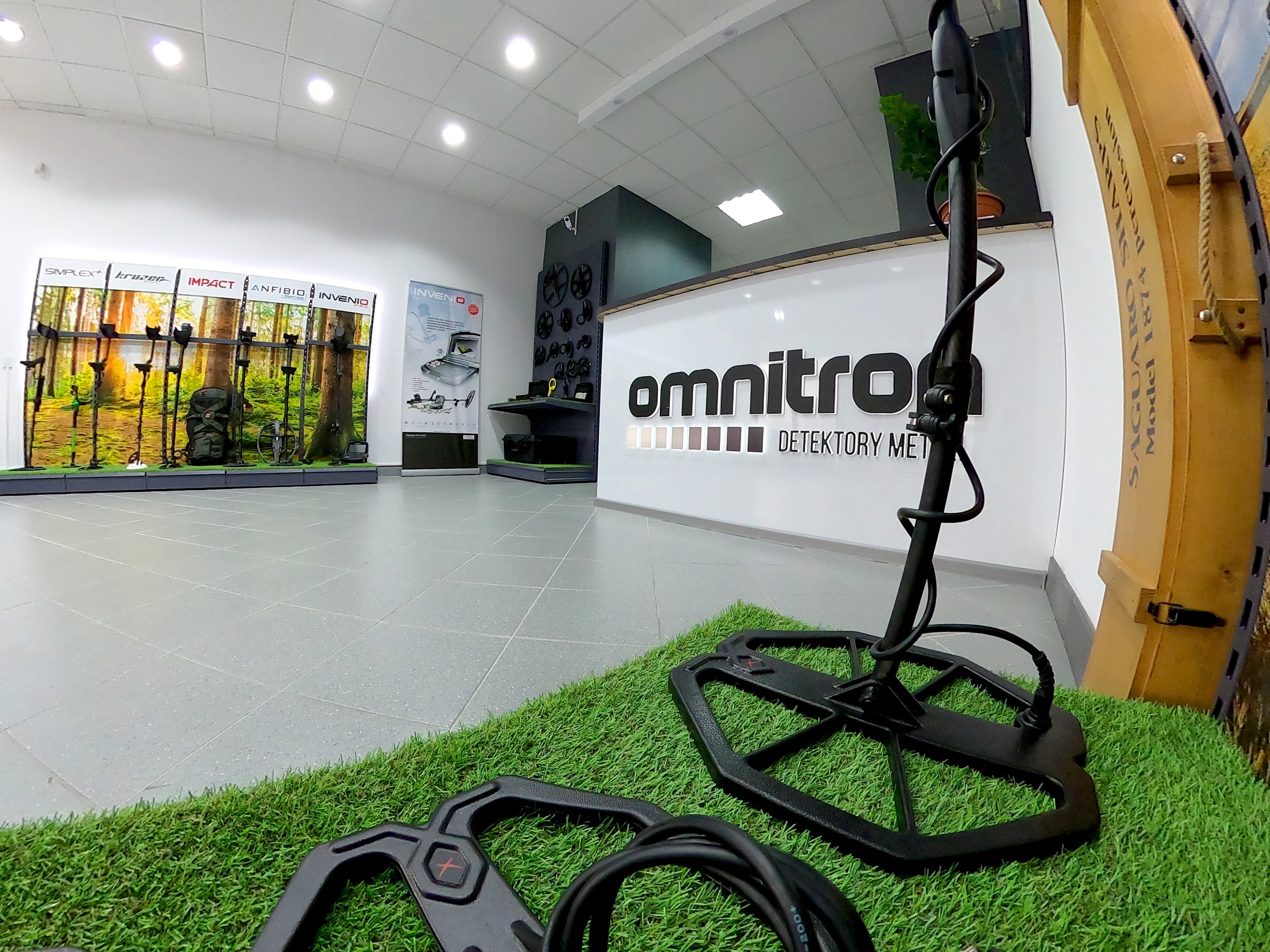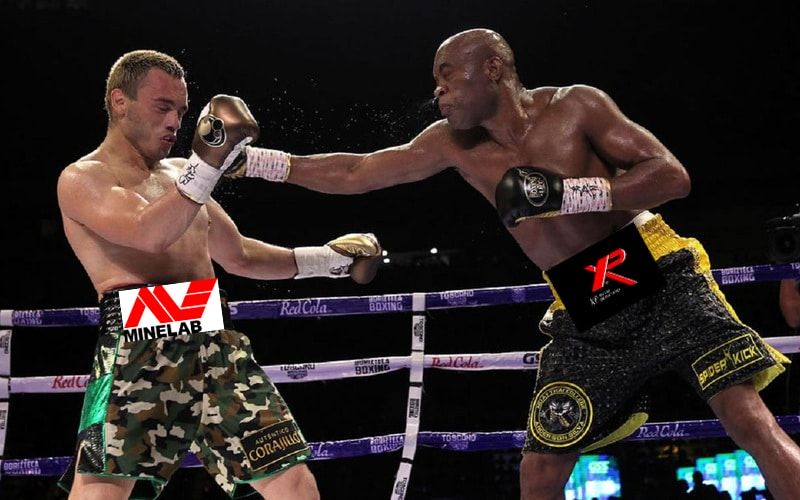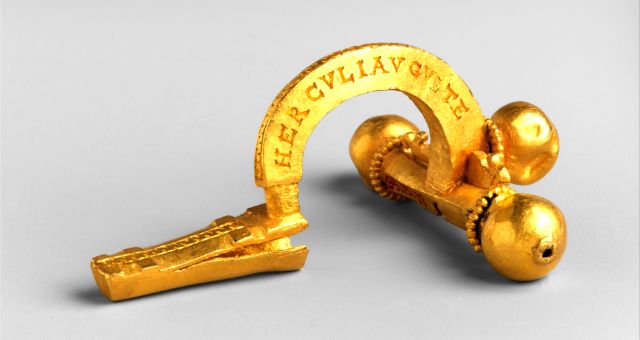
Is it possible to compare the analog detector DeepTech VistaX to XP DEUSA II? Theoretically yes, although in practice the disproportions are really large that it is impossible to put both devices together directly.
Weight, portability, compactness, and reconfigurability, build quality unbeatable in favor of XP. Audio also gives you more possibilities. Another shelf and another league of equipment, not to mention the price. For one XP DEUS II, we will buy exactly three VistaX!!!
When it comes to working in a littered area, it will also be a bit easier for us, but with one small exception, we will dig less, but we can skip more. In the case of an analog, you need to check and dig. An apparent disadvantage becomes an advantage in a very good seat! Unreliable signal with a bad ID on the display and we will miss the good one, and without we have to check it! A lot of masked signals and coins on the edge are easy to mine! It’s the whole analog mystery. There is something more.
In difficult terrain with a lot of iron, the devices go head to head with one small exception, the analog is always deeper and the difference is really noticeable, which we could check on the passing spot – the so-called. burnt. Easy sandy soil with a settlement base of iron, burnt coal, coke, and pottery. There, both detectors feel really good. The dot over and the nature itself put in the form of a shower, improving performance, but also increasing the risk of excitation of detectors on wet grass.

Both detectors had 11-inch probes. XP DEUS II worked in Deep HC or Relikt. Devices turned to maximum sensitivity. Reactivity in XP set to 1.5 along with a very slow sweep and cross-checking of signals did the job.
The difference is significant where XP, which is really deep, still has 2-3 cm of the reserve before it loses the signal, VistaX is easily over 5 cm deeper! Double discrimination gives you a chance to check the item under the probe. In some situations, the XP was already operating at the edge of the range, where the analog signal was still strong and reliable. At one point, after digging a 50 cm hole, we thought it would be a piece of rusty iron, but no! An object half the size of my little finger was in the dimple!
We must admit one more advantage of both devices, well-calibrated almost to the end of the scale signal – they show well the type of conductor (color or iron). We avoid the dilemma of digging up rusty scrap at the edge of the range… although this scrap can often be worth checking out!
The question is what will be the difference with VistaX with a 14-inch probe… another 5 cm is very real. Unfortunately, there are also disadvantages, a large probe means more mass, poorer balance and separation, and slower sweep. We’ll try to check it. Remember to subscribe and comment below the article!

